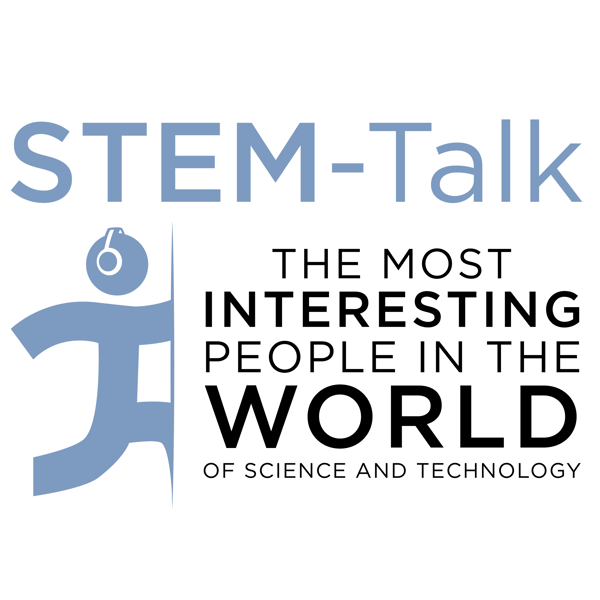Episode 107: Francisco Gonzalez-Lima discusses methylene blue and near-infrared light as therapies for cognitive disorders
STEM-Talk
Dawn Kernagis and Ken Ford
4.6 • 694 Ratings
🗓️ 26 May 2020
⏱️ 59 minutes
🧾️ Download transcript
Summary
Transcript
Click on a timestamp to play from that location
| 0:00.0 | Welcome to STEM Talk. |
| 0:01.2 | Stem Talk. |
| 0:01.4 | Stem Talk. |
| 0:03.3 | Stem Talk. |
| 0:03.7 | Stem Talk, where we introduce you to fascinating people who passionately inhabit the scientific and technical frontiers of our society. |
| 0:14.2 | Hi, I'm your host, Don Kornagas, and joining me to introduce today's podcast as a man behind the curtain, Dr. Ken Ford, IHMC's director and chairman |
| 0:21.3 | of the double secret selection committee that selects all the guests who appear on STEM Talk. |
| 0:25.1 | Hi, Don, great to be here. Today's episode features part two of our interview with Dr. Francisco |
| 0:31.8 | Gonzalez Lima, a professor in the departments of psychology, pharmacology, toxicology, and psychiatry at the |
| 0:39.9 | University of Texas in Austin. |
| 0:42.8 | So Francisco, who describes himself as a behavioral neuroscientist and his colleagues at the |
| 0:47.2 | Gonzales-Lima Lab, are recognized as world leaders for their research on the relationship |
| 0:51.7 | between brain energy, metabolism, memory, and neurobehavioral |
| 0:55.1 | disorders. So in part one of our interview with Francisco, which was episode 106, he talked about |
| 1:01.0 | growing up as a Cuban expatriate and what his life was like before moving to the U.S. to attend Tulane |
| 1:06.1 | University in New Orleans. We also cover Francisco's training in his early research into Alzheimer's disease |
| 1:11.7 | and also brain metabolic mapping. Today's interview focused primarily on two interventions |
| 1:17.6 | Francisco has explored with the aim of protecting people against neural degeneration, |
| 1:23.5 | low-dose methylene blue, and the application of near-infrared light. |
| 1:28.7 | So over the years, much of Francisco's brain research has focused on transcranial lasers, |
| 1:33.2 | memory enhancement, neuroprotection, and neurocognitive disorders. |
| 1:36.8 | So current research in his lab focuses on the beneficial neurocognitive |
... |
Please login to see the full transcript.
Disclaimer: The podcast and artwork embedded on this page are from Dawn Kernagis and Ken Ford, and are the property of its owner and not affiliated with or endorsed by Tapesearch.
Generated transcripts are the property of Dawn Kernagis and Ken Ford and are distributed freely under the Fair Use doctrine. Transcripts generated by Tapesearch are not guaranteed to be accurate.
Copyright © Tapesearch 2025.

